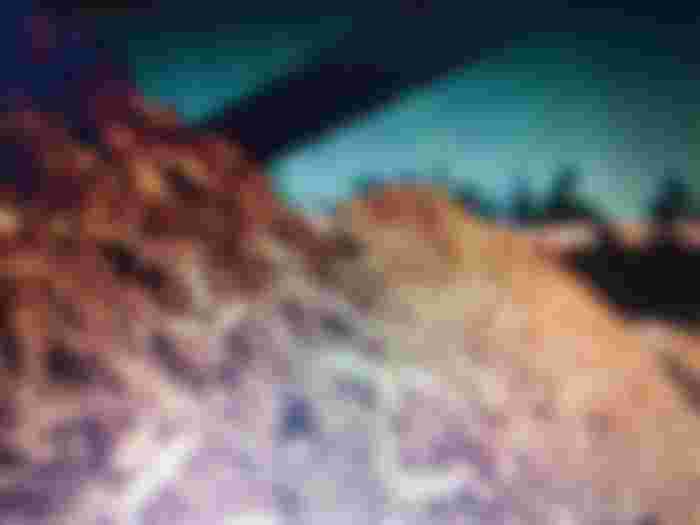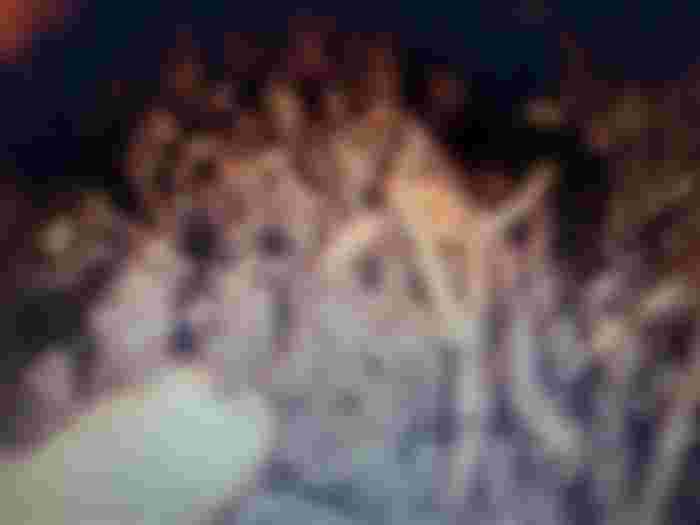Soil Microbiology
Definition
Soil microbiology is a branch of soil science concerned with microorganisms found in the soil and their relationship to soil management, agricultural production and environmental quality.
In soil competition exists among wide variety of organisms for • Nutrient
• Space and
• Moisture
Prokaryotes & Eukaryotes

• The basis of living matter is cell.
• The cell is bounded by the cytoplasmic membrane, separating the interior of the cell, known as the cytoplasm from the external environment.
• Types of living cell
– Prokaryotes (Pro meaning before karryon means nucleus)
– Eukaryotes (Eu meaning true)
Structural Difference between pro and Eu
Eukaryotes

Prokaryotes
Nucleus in cytoplasm
bounded by nuclear membrane
Has no nucleus, Nuclear region is recognized but it
is not bounded by a membrane
Containing several DNA molecules
Consist of single, circular
DNA molecule
Undergo-Division by mitosis
Undergo division by binary division
Characteristics of living cells
1. Self feeding or nutrition
2. Self replication or growth
3. Differentiation
4. Chemical signaling
5. Evolution
Structural comparison of prokaryotic and Eukaryotic cells
Organelle
Prokaryotes
Eukaryotes
Cytoplasmic membrane
+
+
Nuclear division
+
+
Nuclear membrane
-
+
Ribosomes
70S
80S
Endoplasmic reticulum
-
+
Golgi complexes
-
+
Mitochondria
-
+
Cytoskeleton
-
+
Chloroplast
-
-
Vacuole
-
+
Cell wall
+
+
Classification of organisms
• An organism’s name is made up of genus and species.
• Specie is defined as “Groups of interbreeding or potentially interbreeding natural population.”
• Microbiologist defines species as “A group of similar individuals that are sufficiently different from other individuals to be considered a recognized taxonomic group.”
• Genus is defined as “A collection of species that share a major property making them a distinct grouping permits the group.
Example
• The Latin binomial name Thiobacillus thiooxidans (abbreviated as T. thiooxidans) is the representative of group of individuals (Species: thiooxidans) that have the capacity to oxide the sulphur and share some common characteristics with organisms in the genus Thiobacillus.
Classification on the basis of taxonomic features
1. Structure
2. Morphology
3. Staining reaction
4. Physiological parameters
In the classification scheme there is no place of virus because they lack cytoplasm membrane with internal cytoplasm.
Organisms in soil
• The smallest organisms Bacteria, Actinomycetes, Fungi, Algae are referred to collectively as microflora.
• Some animals range in size from microscopic (microfauna) to earth worms and small mamals (macrofauna).
vWith the exception of some soil animals and fungi most organisms are single cells.
• Microorganisms have wide range of size and morphologies; thus number alone may not provide a good identification of importance of microbial group in soil.
Microbial groups with representative size, Number and biomass found in soil
Microbial group

Example
Size
(μm)
Numbers
(No. g-1 soil)
Biomass (Kg wet mass ha-1
soil)
Viruses
Tobacco mosaic
0.02x0.3
1010-1011
Bacteria
Psedomonas
0.5x1.5
108-109
300-3000
Actinomycetes
Streptomyces
0.5x2.0
107-108
300-3000
Fungi
Mucor
8.0
105-106
500-5000
Algae
Chlorella
5x13
103-106
10-1500
Protozoa
Euglena
15x50
103-105
5-200
Nematode
Pratylenchus
1000
101-102
1-100
Earhworms
Lumbricus
100,000
-
10-1000
Diversity of function in soil

• Microorganism decompose organic compounds releasing inorganic elements, oxidize reduce forms of elements (e.g. elemental sulphur sulphate) and reduce oxidized forms of elements (e.g. Nitrate dinitrogen).
• The reduction of dinitrogen to a biologically usable form ammonia and degradation of organic wastes and pollutants to carbon dioxide and water are the important functions of soil microorganisms.
Pre Nineteenth Century
The presence of microscopic organisms in soil is attributed to a Roman writer in about 60 B.C.
Writing about marshes, collumella noted they gave up
“noxious and poisonous steams” breeding “animals armed with poisonous stings” from which “hidden disease often contracted, the causes of which even physician can not properly understand.”
vThere is a good evidence that the Romans recognize that leguminous plants enriched soil productivity practiced crop rotations with leguminous plants. However, no one really understood the involvement of microscopic organisms in these phenomena.
• Robert hook on the fruiting structure of molds in 1664, often think of Dutch microscope builder Anton van leewenhoek with his newly constructed microscope as first individual to describe the microorganisms.
Nineteenth century
• During 19th century two questions were answered
1. Does spontaneous generation occur?
2. What is the origin of contagious disease?
• The eminent French scientist Louis Pasteur demonstrated that it was microorganisms present in the air that were capable of initiating growth in an exposed sterile culture medium and microbes simply didn’t arise spontaneously in a suitable medium.
Koch’s Postulates
• The organisms should be consistently present in subject exhibiting the disease symptoms
• The organism should be grown in pure culture away from the subject
• When the microorganism is used to inoculate a healthy susceptible subject the disease symptom should appear
• The organism should be re-isolated from the exposed subject and re-cultured in laboratory to confirm its similarity with original organism
• Another Koch’s significant developments, reported in 1881 was the use of gelatin culture medium to study microorganism in vitro.
• Five year later Danish physician Christian Gram describe a staining procedure based on differential properties of cell wall, leading to the taxonomic decisions
Twentieth century
• Jacob G. Lipman is founder of America soil microbiology.
• He considered soil as a complex and living entity which needed to be understood and studied from the stand point of soil fertility and crop production.
• This revolutionary concept stands as a milestone in soil microbiology.
• Two prominent individuals who share revolutionary concept of soil were Selman A. Waksman and Robert L. Starkey.
• Beside promoting Lipman’s philosophy Waksman’s book
“Principle of soil microbiology” and later work by Waksman and starkey “The soil and the microbes”.
Continued…
• Waksman is remembered less for his contribution to the soil microbiology then for his discovery of antibiotic streptomycin for which he was awarded 1952 nobel prize in phyiology and medicine.
Some of the outstanding individuals contributing to the development of soil
microbiology
Name
Country
Area of contribution
Leeuwenhoek
Netherland s
Inventor of microscope
Pasteur
France
Repudiation of spontaneous generations, biological nature of
nitrification
Tyndall
England
Repudiation of spontaneous generations, Understanding of sterilization processes
Cohn
Germany
Understanding of sterilization processes and taxonomy of bacillus (particularly endospore)
Koch
Germany
Koch postulates, Gelatin plates for studying microorganisms
Winogradaky
Russia
Isolation and taxonomy of chemoautotropic bacteria especially nitrifers and sulphur
oxidizers
Beijerinck
Netherlands
Isolation of legume root nodulating bacteria, Director of Delft school of microbiology
Gram
Denmark
Differential staining procedures
Lipman
USA
Concept of soil as a complex, living entity
Russel
England
Development of importance of soil-plant microorganism interaction in agriculture and
environment
Starkey
USA
Microbiology of the sulphur bacteria
Waksman
USA(Russia
)
Discovery of antibiotics actinimycetes



